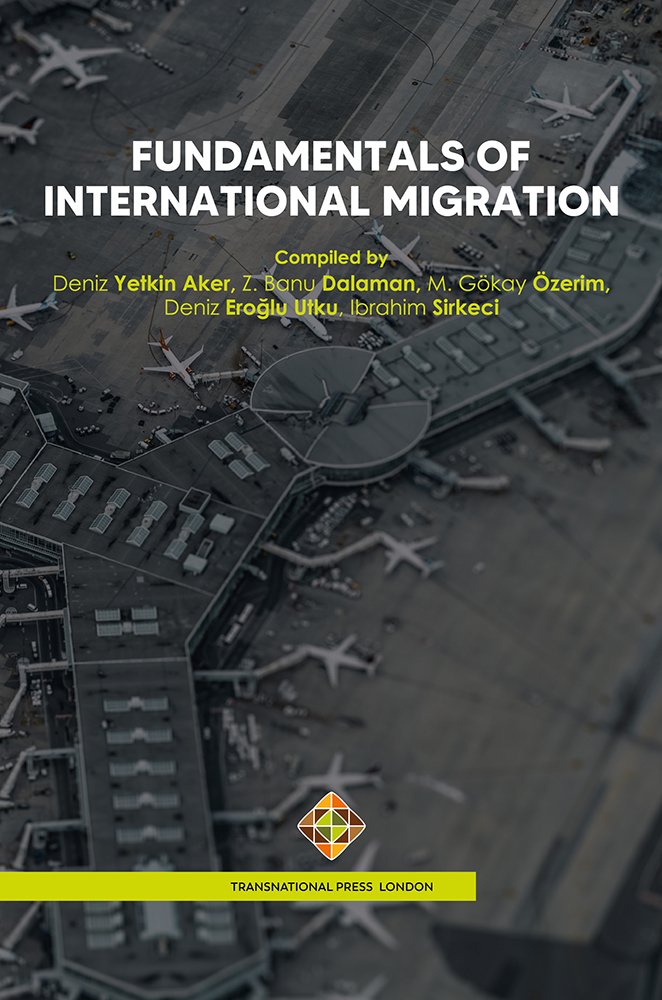Bordering Practices across Europe: The Rise of “Walls” and “Fences”
Bordering Practices across Europe: The Rise of “Walls” and “Fences”
Author(s): Burcu Toğral Koca
Subject(s): Migration Studies
Published by: Transnational Press London
Keywords: Bordering; Practices across Europe; Rise Walls; Fences; prominence; migrants; immigrants;
Summary/Abstract: In the wake of the geopolitical changes that have roiled the globe since the1980s—notably the fall of the Berlin Wall–a “borderless and deterritorialised world” discourse rose to prominence (Newman 2006). Pioneered by the advocates of globalization, this discourse envisaged a new era in which the world would seethe free movement of capital, goods and people. This discourse has also become a dominant theme in analysing the European integration process. The so-called“ borderless” Europe debate emerged with the introduction of the Single Market and Schengen area which called for the free movement of capital, goods and people within the European Union (EU). Within the process of the EU enlargement, nationals of EU member states (and of some privileged non-member countries belonging to the Global North) enjoy this freedom without much interruption. However, at the same time, we have witnessed that same Europe has become characterised by a hardening of existing borders and the construction of new ones for certain groups of people, especially for those migrants coming from poor and Muslim countries, refugees, asylum seekers and undocumented immigrants. As widely discussed in the literature, this hardening of borders has become moreevident following the September 11 and subsequent attacks, which provided auseful pretext to justify the introduction of more sophisticated and draconian measures for border policing (see Vallet and David 2012).
Book: Fundamentals of International Migration
- Page Range: 129-140
- Page Count: 12
- Publication Year: 2021
- Language: English
- Content File-PDF

